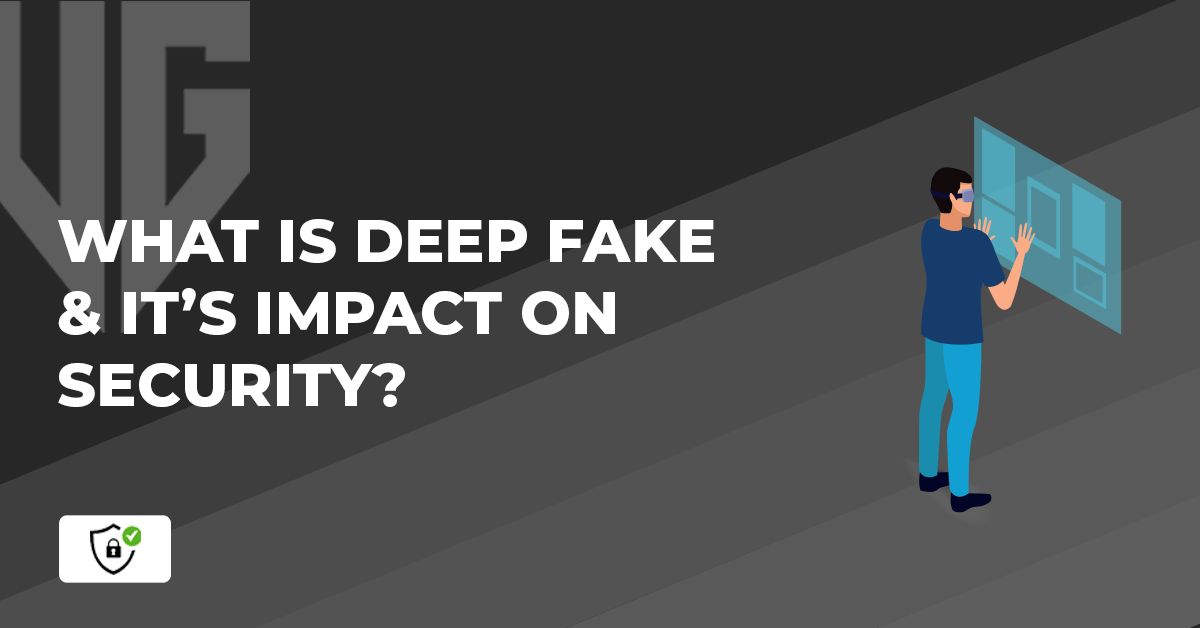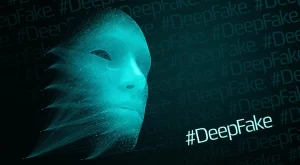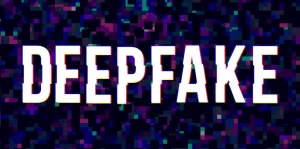
What is Deep Fake?
Deepfake is a form of synthetic media where a person’s existing image or video is altered to replace their likeness with someone else’s. This technology relies on artificial intelligence (AI) and machine learning to create fabricated events, often used to manipulate individuals for personal or malicious purposes.
As a specialized application of AI, deepfake technology uses deep learning techniques to generate or alter audio and video content with a high potential to deceive. While the concept of faking content is not new, deepfake technology has advanced significantly, enabling the creation of highly realistic fake media. Examples include celebrity pornographic videos, fabricated speeches by politicians, and even financial scams.
The core machine learning methods behind deepfakes are rooted in deep learning. These methods involve training generative neural network architectures, such as autoencoders or generative adversarial networks (GANs), to produce convincing fake content. As of 2025, deepfake technology continues to evolve, raising concerns about its ethical implications and the need for robust detection methods to combat its misuse.

Interesting Usage of Deep Fake Technology:
- Dubbing, improving and repairing video content
- Solving effects in Video games
- Avoiding actors having to repeat fluffed lines or mistakes.
- Creating apps that allow people to try clothes or glasses.
Negative aspects of Deep Fake:
- Misusing celebrity images/videos for explicit adult content
- Financial Crimes
- Misusing politician’s images/videos to create false propaganda
How are Deepfakes Made?

At first, a user runs hundreds of face shots of the two people he wishes to swap through an AI algorithm called an encoder. The encoder finds and learns mutual features between two faces and lowers them to their shared standard features, thus, compressing the images.
A second AI algorithm, called the decoder, is then taught to recuperate the faces from the compressed images. As the faces differ, one decoder is trained to recover the first person’s face while another recovers the second person’s face. To perform the face swap, you feed encoded images into the “wrong” decoder.
FAQs
How to Detect them?
Deepfake initially came into existence when a reddit user named “Deepfakes” posted that he developed a machine learning (ML) algorithm that could convert celebrity faces seamlessly onto porn videos. The thread soon became very popular, spawning its subreddit account.
Hence, to detect deepfakes, there is also technology built through AI using algorithms. They detect signs that wouldn’t be on real photos/videos. Initially, it was easy to catch deepfakes due to poor synchronisation, patchy skin tones or weirdly rendered jewellery. However, due to the latest technological advancements, detecting deepfakes is very difficult. Governments, universities, and tech firms all fund research to detect deepfakes.
Impact/Threats on Cybersecurity
Deepfakes has raised eyebrows and opened up conversations about the seriousness or even dangers of its technology. It can target warfare, organisations, politicians or almost everyone to increase or kill morale.
In March 2022, Sensity, an intelligence company specialising in visual threats, recorded 85000 deepfake videos. These were meant to destroy reputations, consisting of non-consensual pornography, inciting fear and violence through fake speeches from targeted politicians.
Additionally, in 2019, the wall street journal reported. The CEO of a UK-based company instantly transferred 220,000 euros, believing the orders were from his boss.
![What is Deep Fake & it’s impact on security in [year]?](https://vpnguider.com/wp-content/uploads/2022/12/Private-Internet-Access.webp)
PIA is a premium VPN service that comes with excellent features and at affordable price.
- Very fast short-distance speeds
- Verified no-logs policy
- Works with Netflix and other streaming platforms
- P2P torrenting allowed on all servers
- Advanced encryption standards
Available on :
Conclusion
Deepfake severely impacts security and is considered one of the most dangerous uses of Artificial Intelligence. They can promote the read of misinformation and trigger new crime schemes and information wars as they tend to erase the divide between true and false content.
With the development of technology and related applications, DF creation becomes available to many people, including perpetrators, abusers, and criminals. The critical problem is that given the nature of GANs and other digital content forgery technologies, DFs are hardly detected. We have yet to fully recognise and realise all threats that the DF can pose in the future.